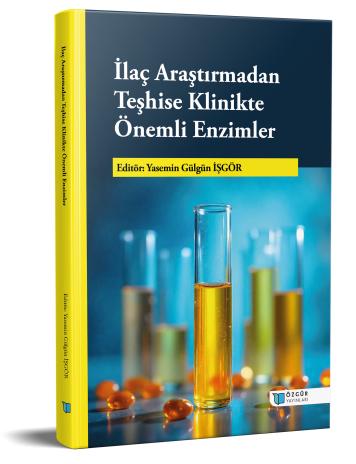
Cardiac Enzymes
Chapter from the book:
İşgör,
Y.
G.
(ed.)
2025.
Clinically Important Enzymes from Drug Research to Diagnosis.
Synopsis
Cardiovascular diseases are among the leading causes of mortality and morbidity worldwide today, and early diagnosis and effective treatment approaches form the cornerstones of clinical practice. Cardiac enzymes and biomarkers are indispensable tools in this process, holding particular importance both in the research world and in daily clinical practice. These tests, based on measuring the biochemical reflections of cellular damage, make critical contributions not only to the early detection of myocardial ischemia and infarction, but also to determining disease prognosis, risk classification, and monitoring response to treatment.
The diagnostic use of cardiac enzymes began in the 1950s with AST, gaining significant momentum with the introduction of CK-MB, LDH, and other biochemical markers into clinical practice. Although troponins have become the gold standard today, classic enzymes still retain their value, particularly in multidisciplinary approaches and specific clinical situations, where they play complementary roles. In addition, enzymes such as carbonic anhydrase III, myeloperoxidase, hydroxybutyrate dehydrogenase, and glycogen phosphorylase BB, as well as new biomarkers such as oxylipins, Lp-PLA₂, and TMAO, are coming to the fore in emerging areas of modern medicine due to their diagnostic and prognostic potential.
This book chapter aims to comprehensively address the role of cardiac enzymes throughout the process from drug research to clinical applications. Each enzyme will be examined in terms of its biochemical properties, clinical applications, recent contributions in light of current research, and potential future applications, thereby providing the reader with both a historical perspective and the diagnostic capabilities offered by modern biochemistry laboratories. Furthermore, at the end of the chapter, comprehensive tables summarizing the properties and clinical use of enzymes will be provided, creating a practical reference source for both researchers and clinicians.

